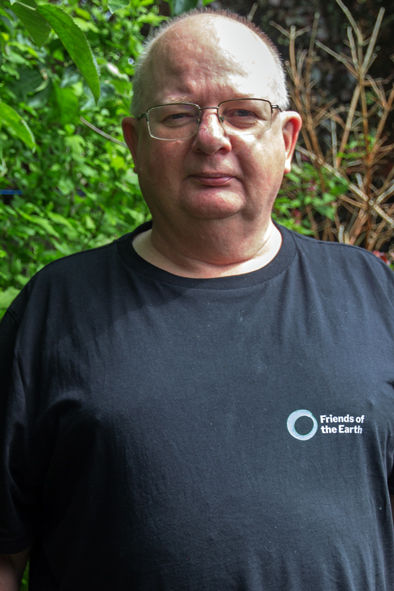

Offsetting CO2 Emissions with Fish
Professor Oswald Schmitz is quoted in ‘New Scientist’ as saying: “Fish have a “tremendous” impact on carbon storage. “Part of it is in just the sheer biomass of these animals,” he says. But bony fish also fix carbon into insoluble minerals in their intestines as part of their way of dealing with constantly ingesting seawater. “It’s a sort of rock-like substance that they poop out and that sinks to the ocean bottom really quickly.” Collectively, marine fish account for the storage of a whopping 5.5 gigatonnes of carbon each year.” (Man produces 37.41 gigatonnes of CO2 a year.) Scientists say that we used to have nine times as many fish as we do now, so there is plenty of room for a man-made increase in fish numbers by offsetting companies, if we got fish stocks up to historic levels our fish would store 49.5 gigatonnes a year, which is more than man produces in a year at the moment.
Using my method of preventing fish extinction can also, then, be a method for offsetting CO2 emissions, and even reversing global heating.
A Practical Solution To Fish Stock Depletion
Fish in the wild are being over exploited, and whole fish species face extinction. But there is an easy way of preventing these extinctions. An international law should be passed which ensures that the gonads of all fish caught are liquidized and put into water containers, the fish are usually gutted anyway so this would not be a great hardship for the fishermen. Once liquidized, artificial fertilization takes place, and after twenty four hours the fertilized fish eggs can be released into the sea. The bucket of young fish needs it’s temperature equal to the sea they are released into to prevent fry death, so standing for a length of time with the fry bucket in the sea needs a wet suit before release. When this is scaled up by offsetting organisations a less painful method will be used. Ensure that the water in your bucket is the temperature of the sea to avoid fish deaths. It does not matter where the eggs are put back because the fry of each species find their way back to the environment they originally come from.
In this way, the sea can be repopulated, and fishing can even become sustainable.
The Japanese were the first country to fish in this way, and had their Navy protect the massive shoal until the fish matured. I have only heard of it being done the once, though.
Perhaps using sonar in fishing can be banned in order to give our fish more of a chance in life.